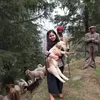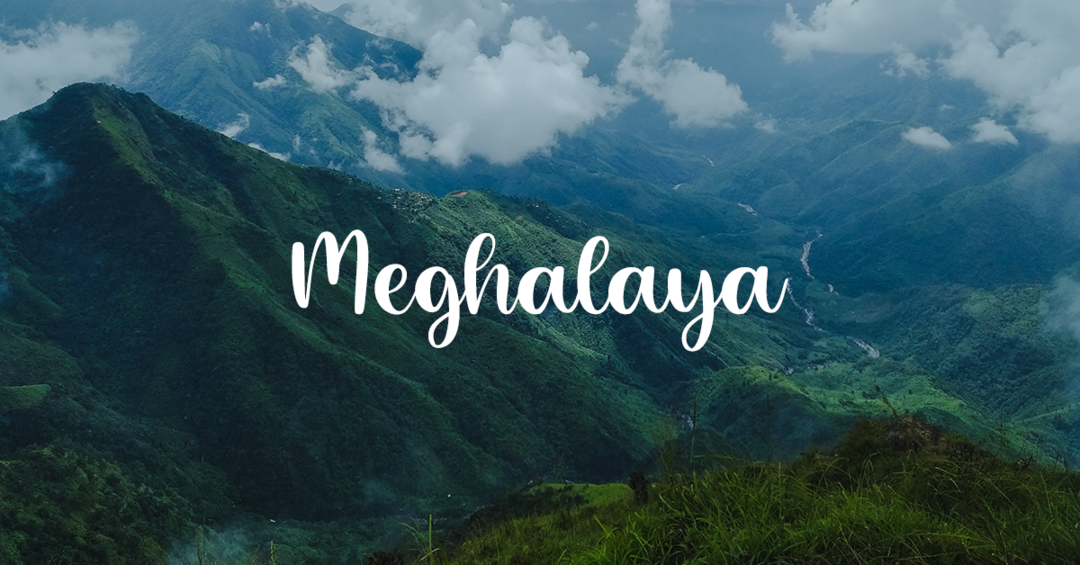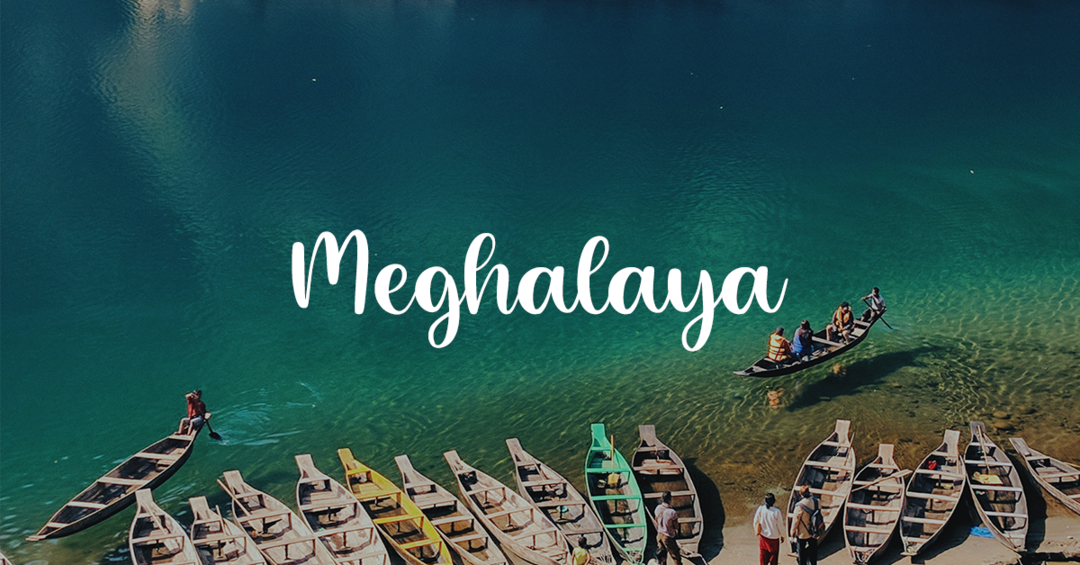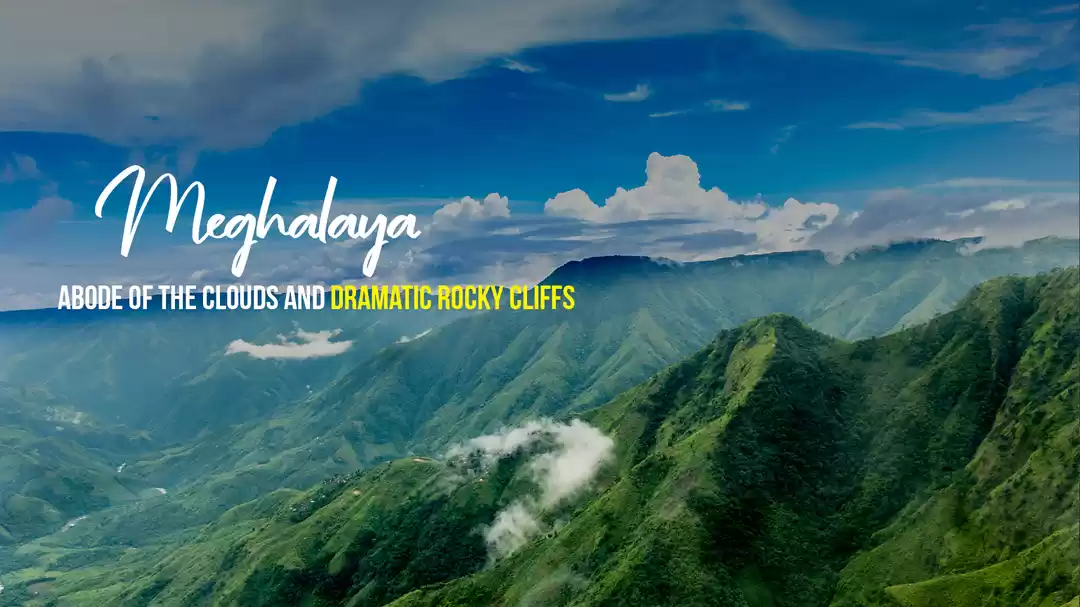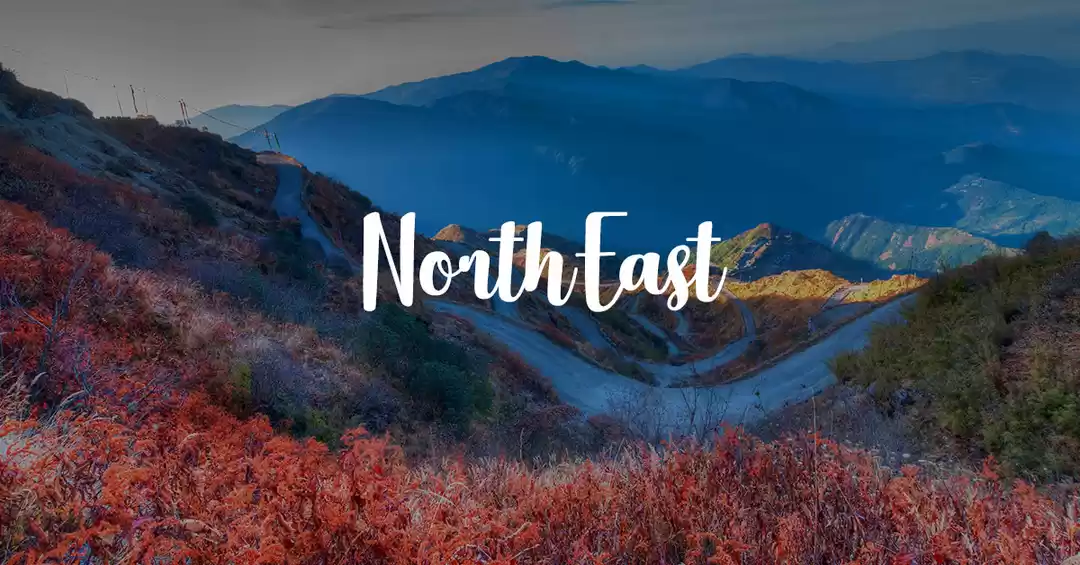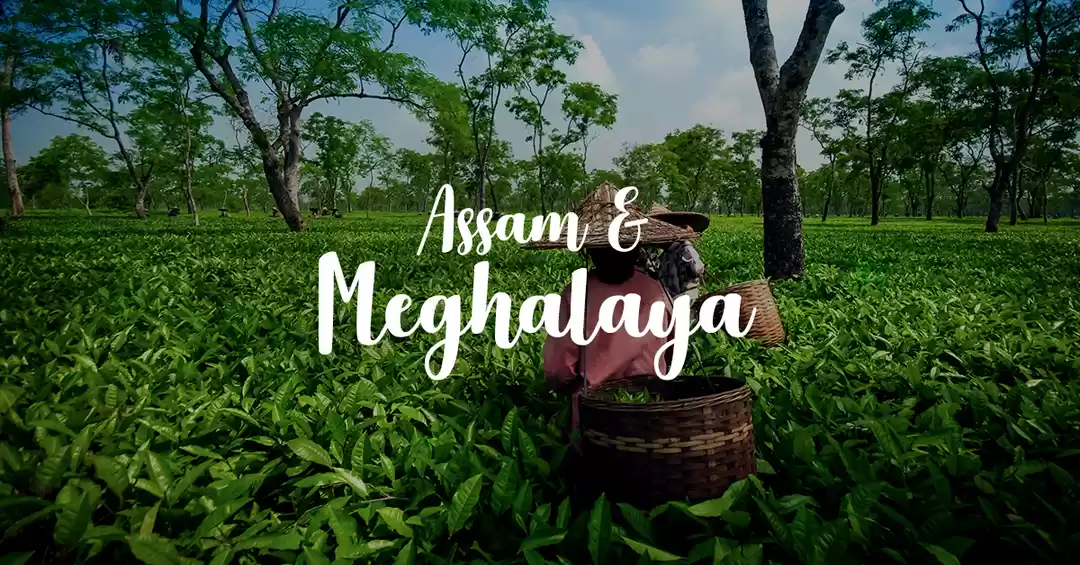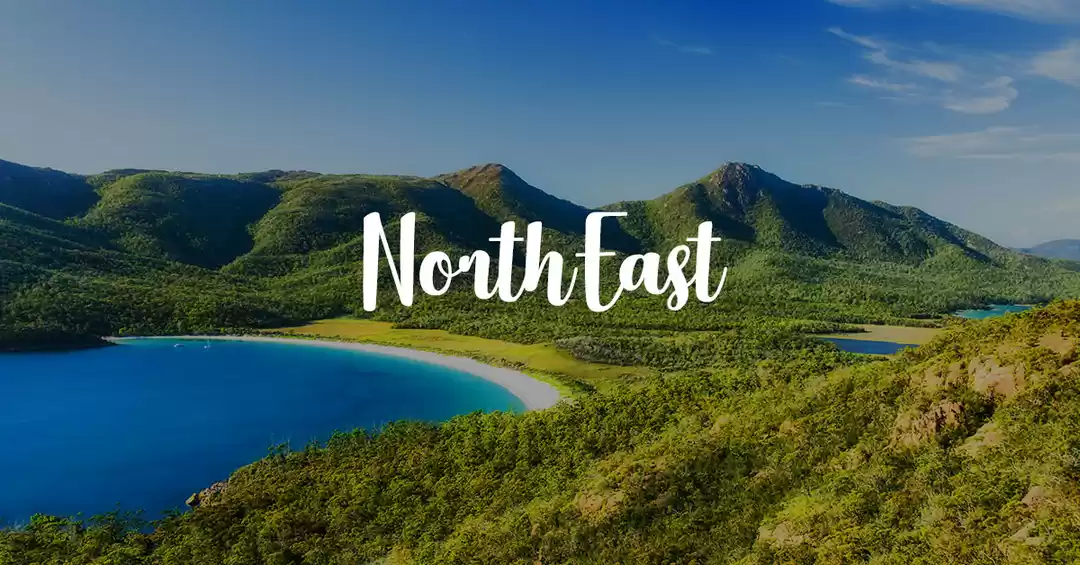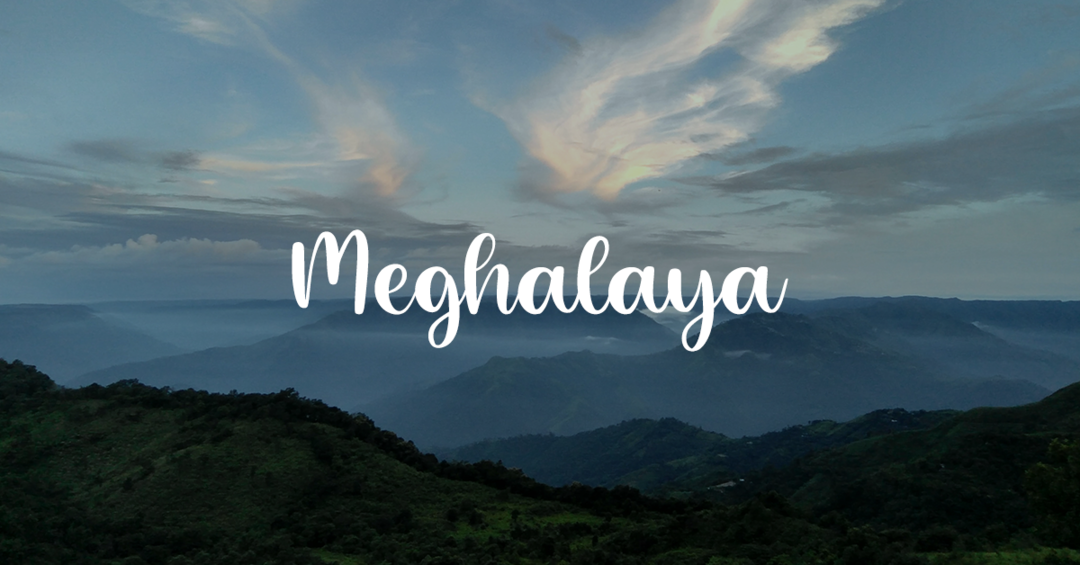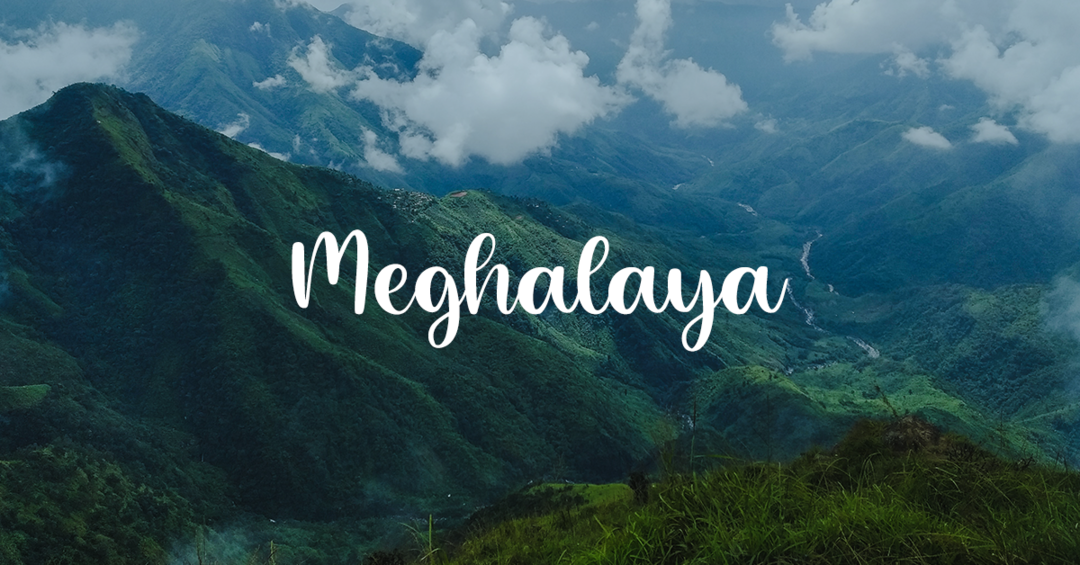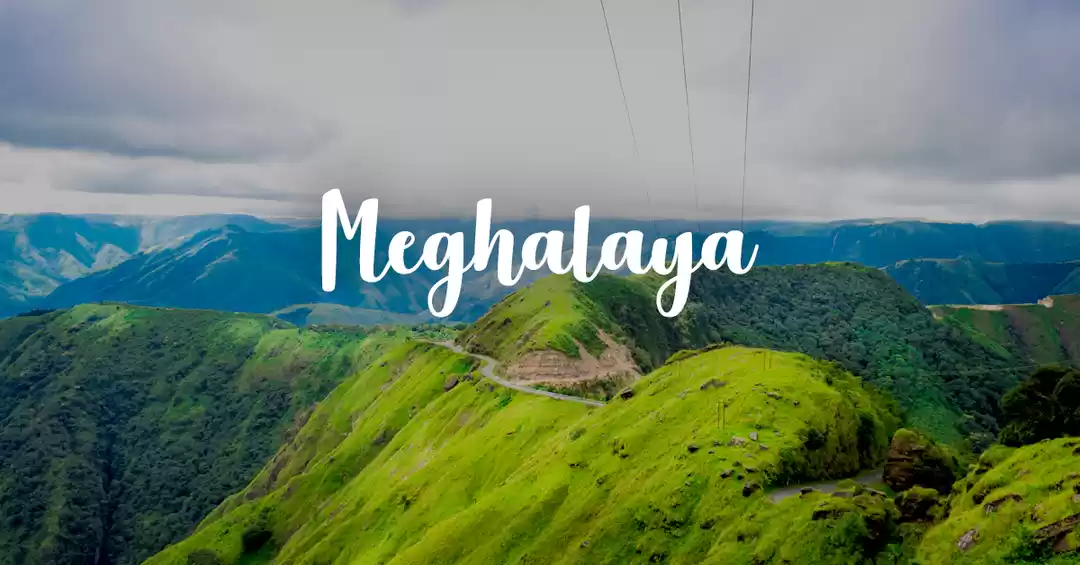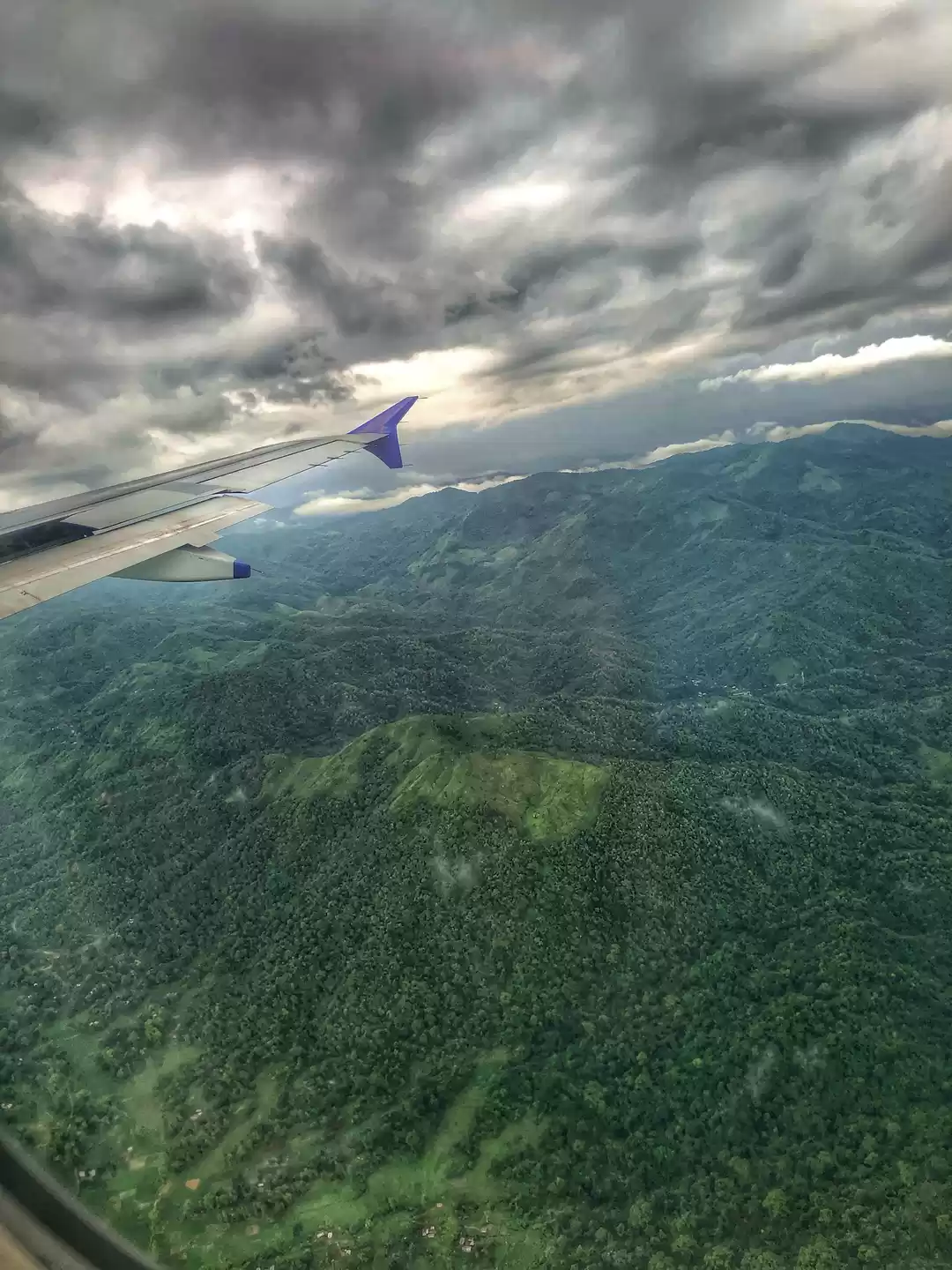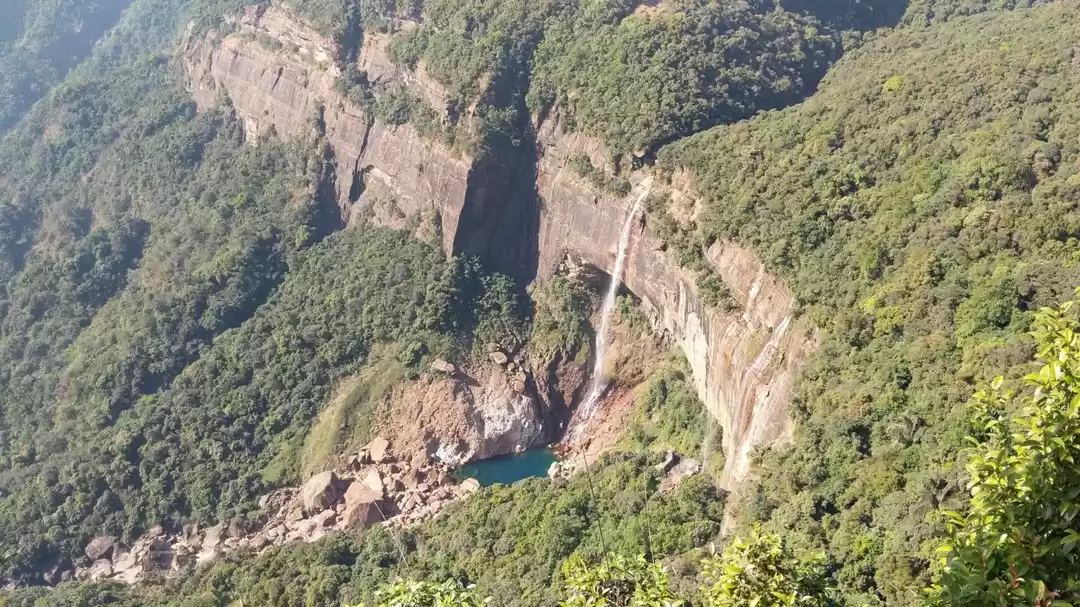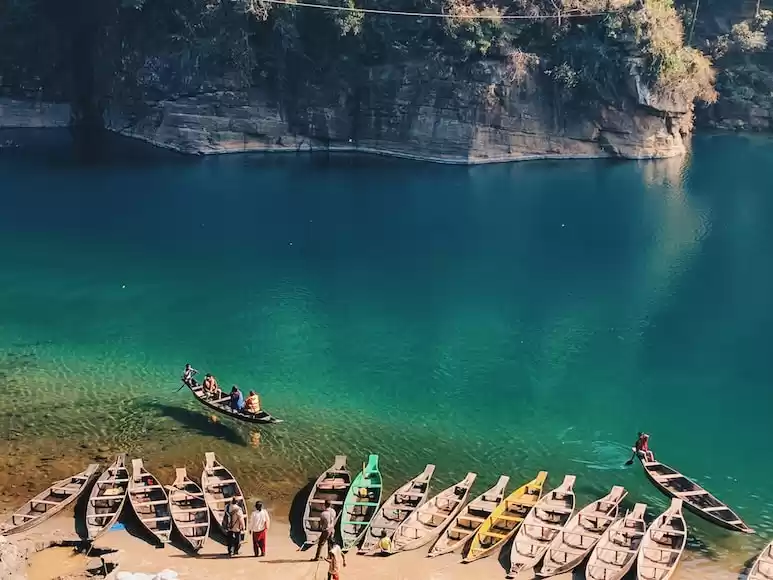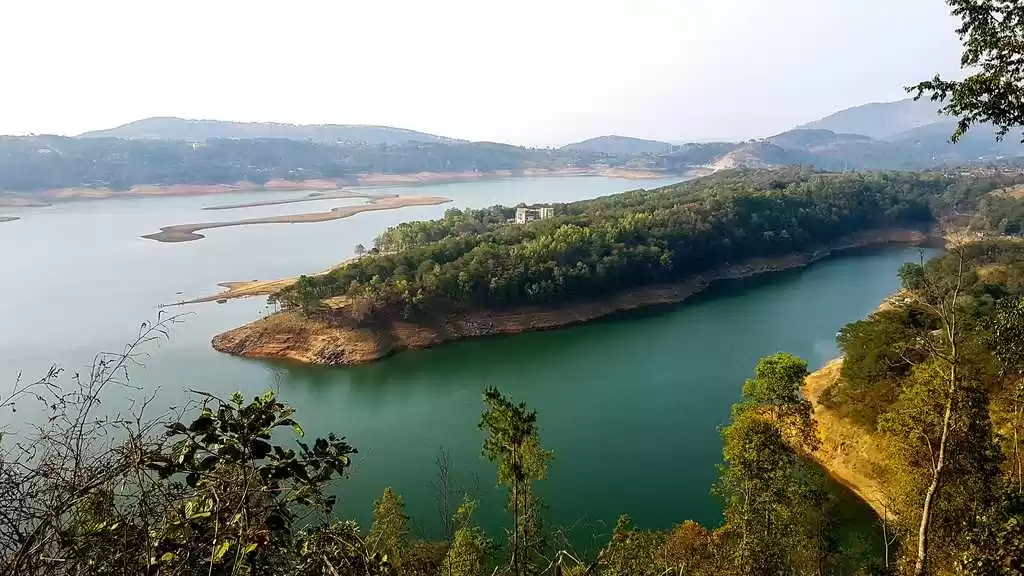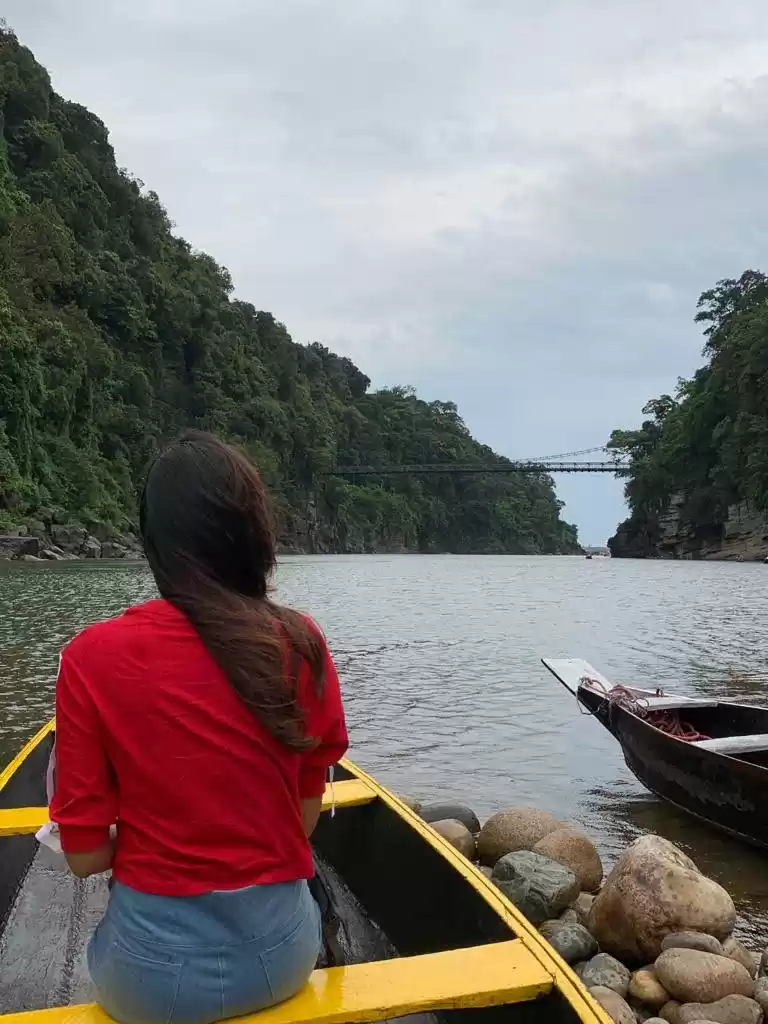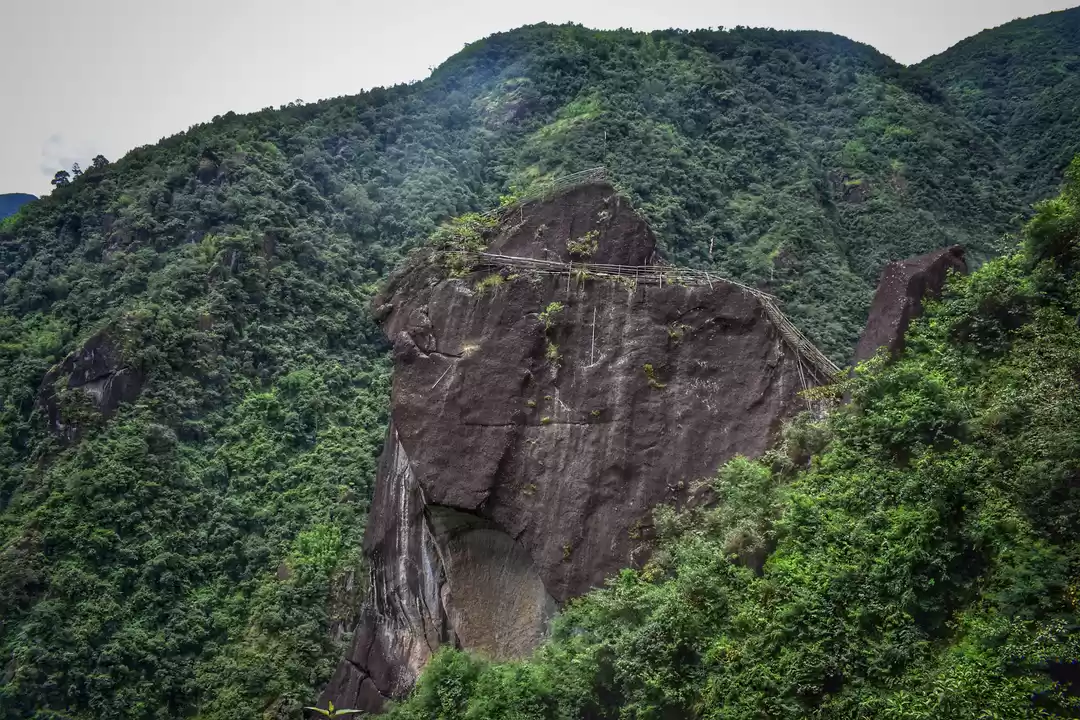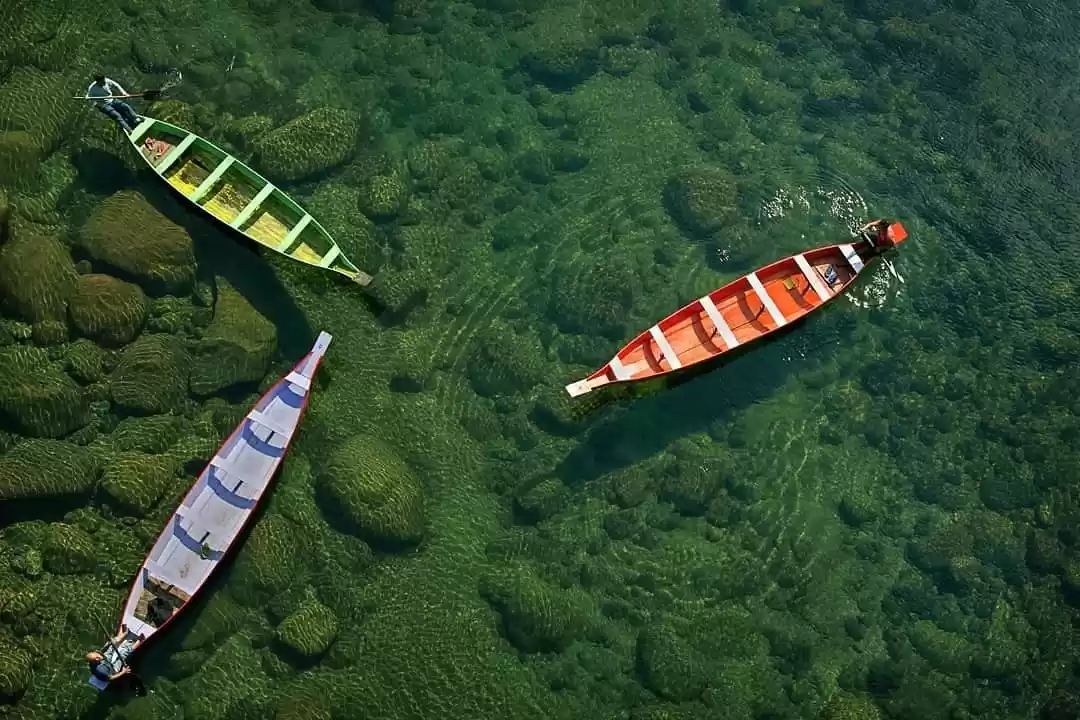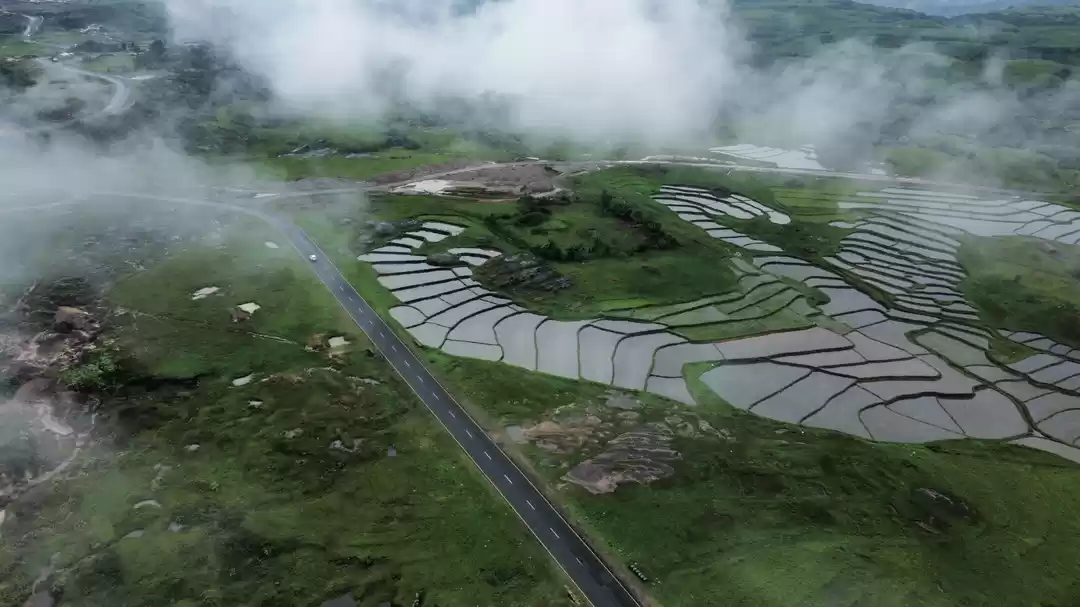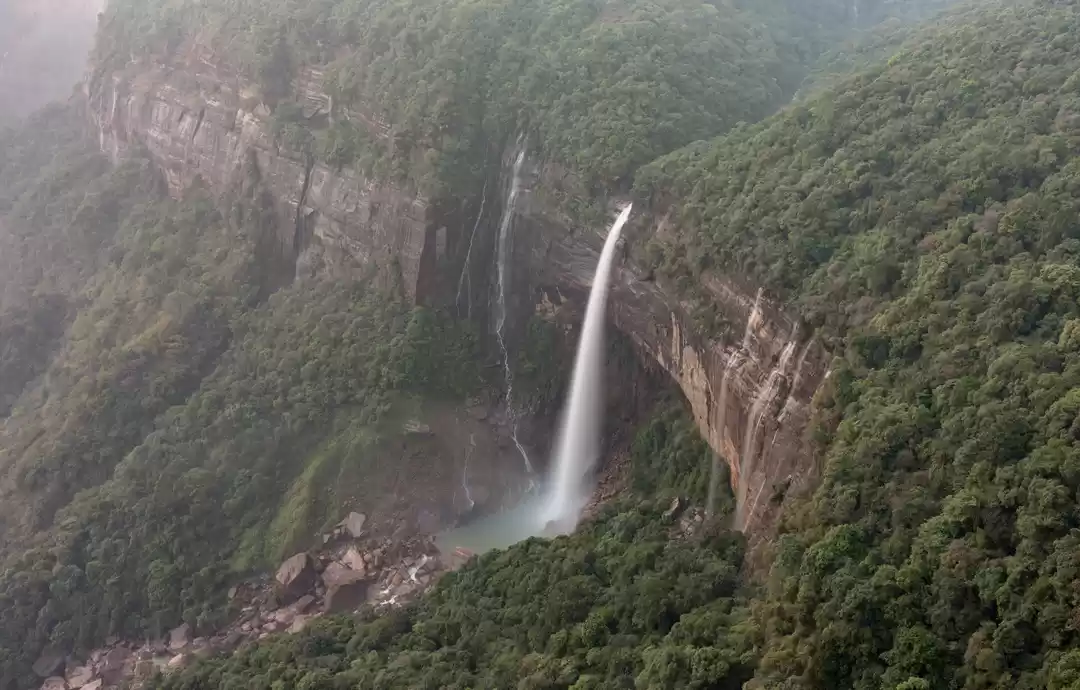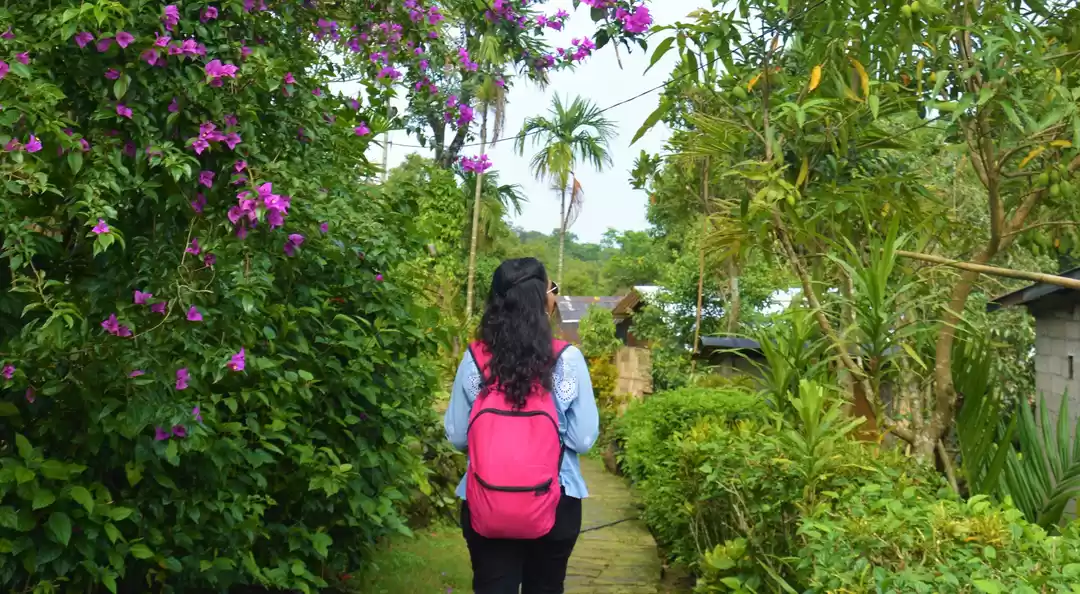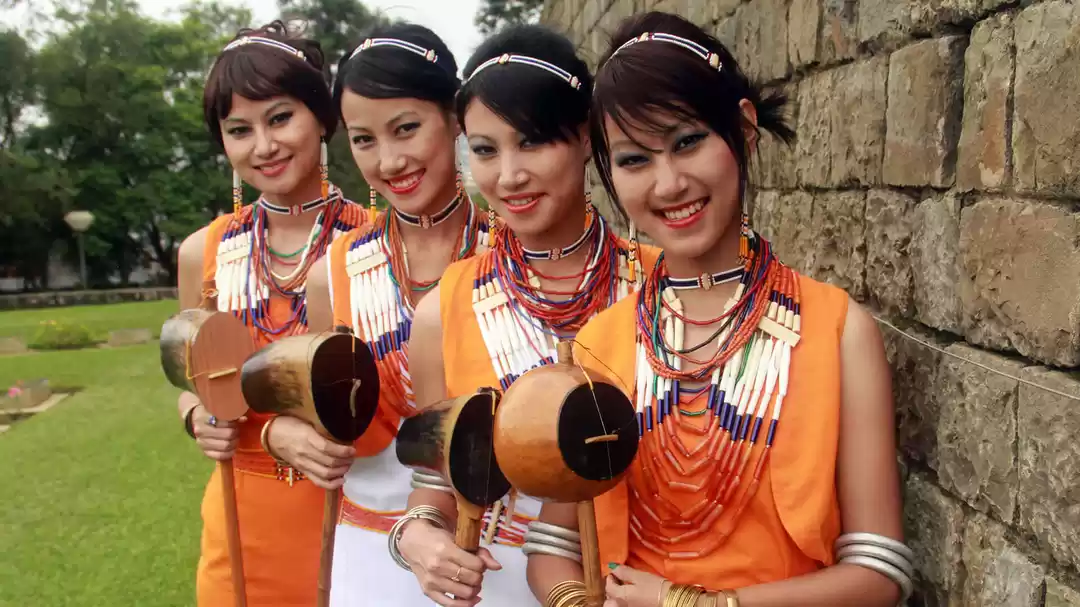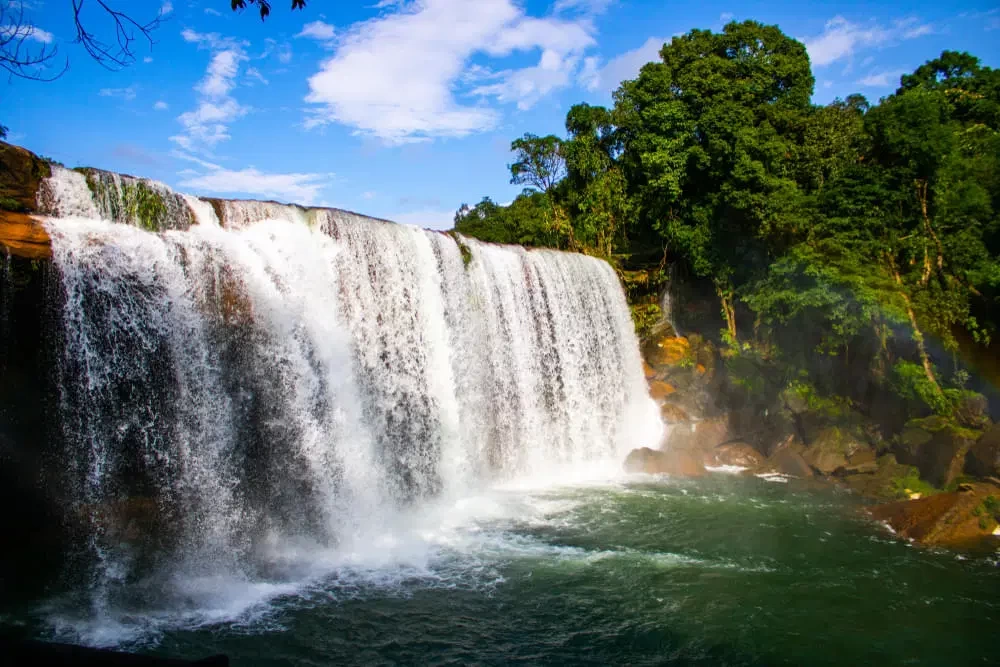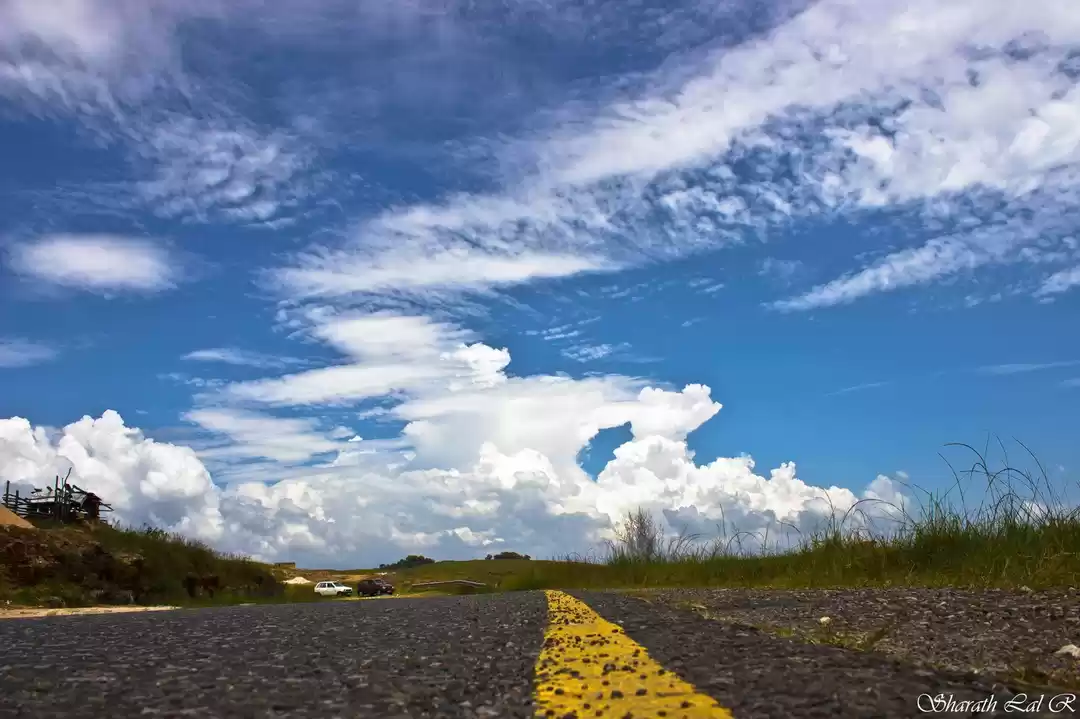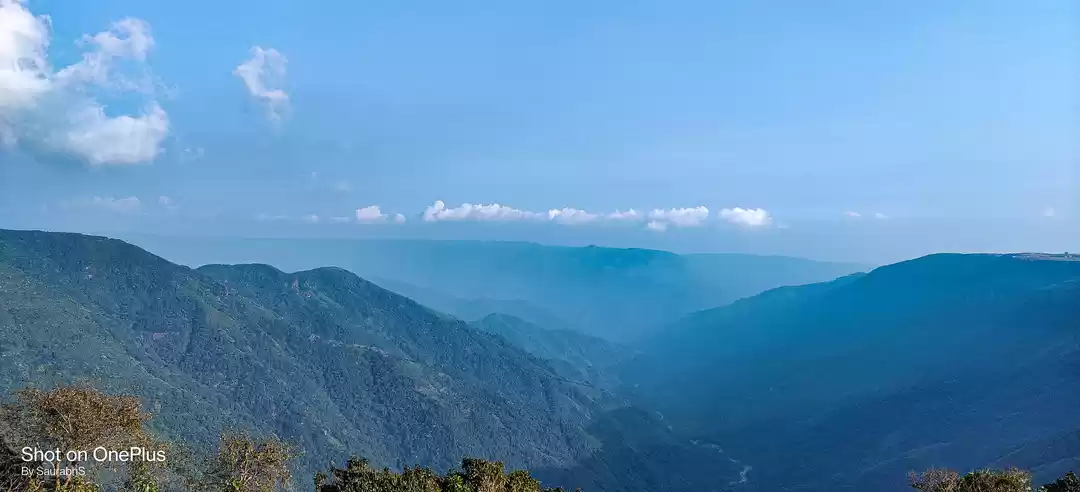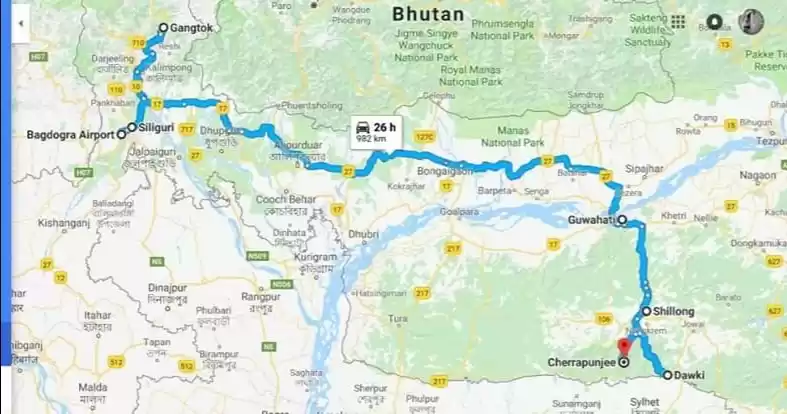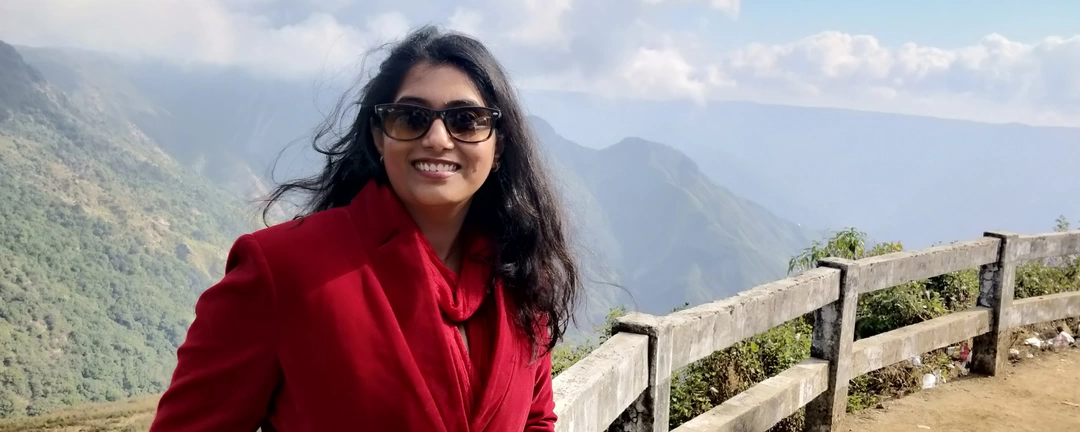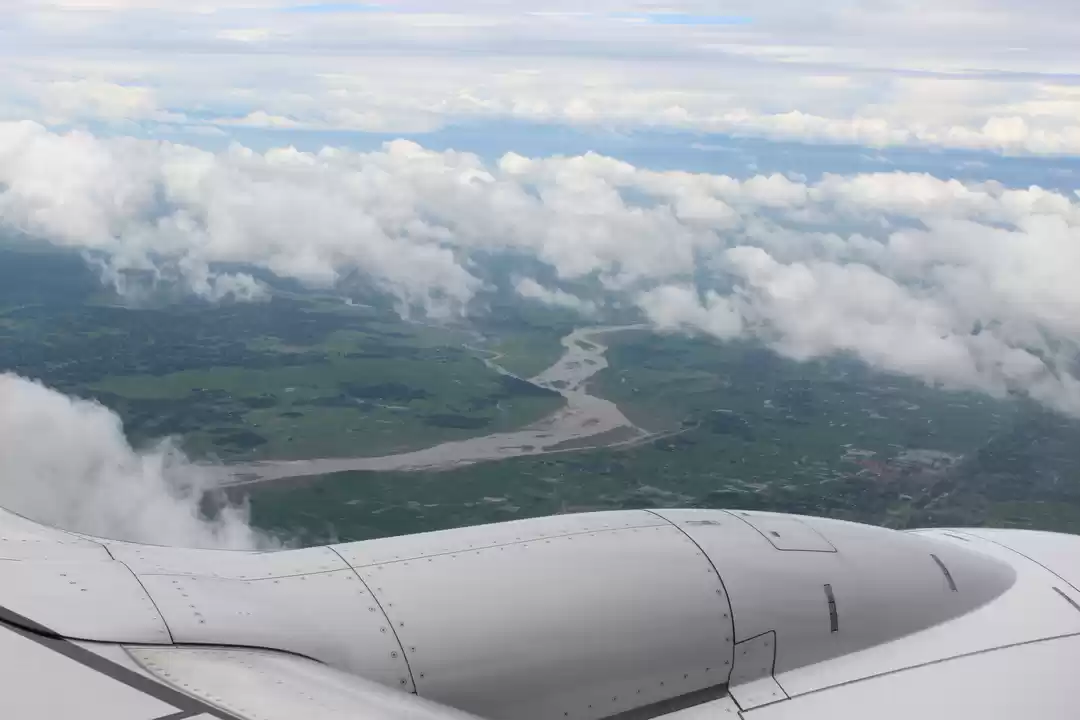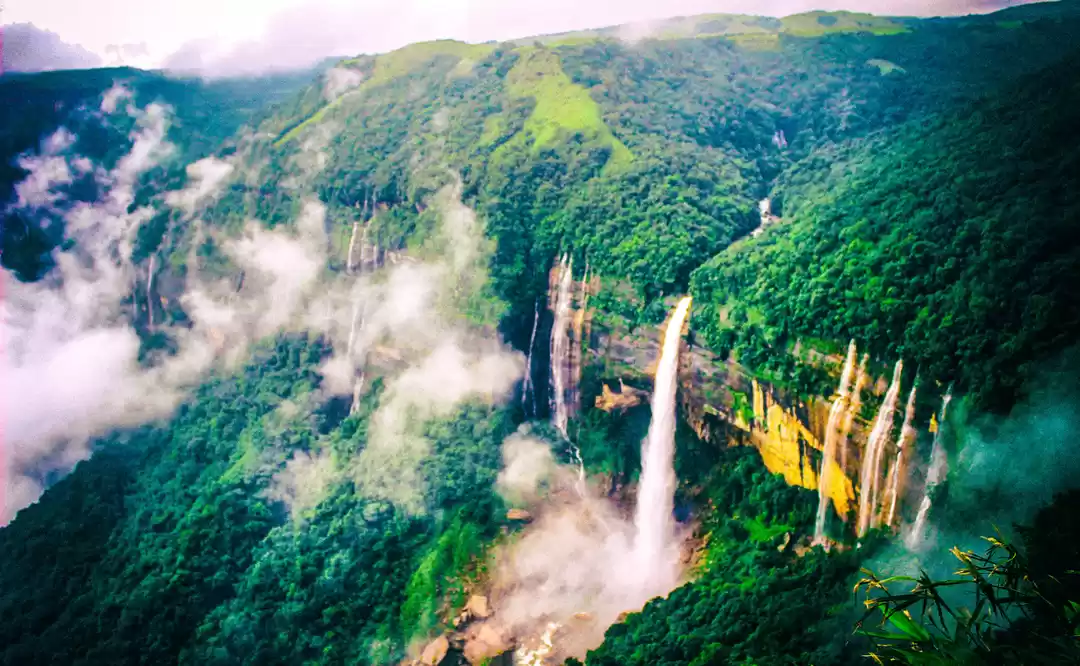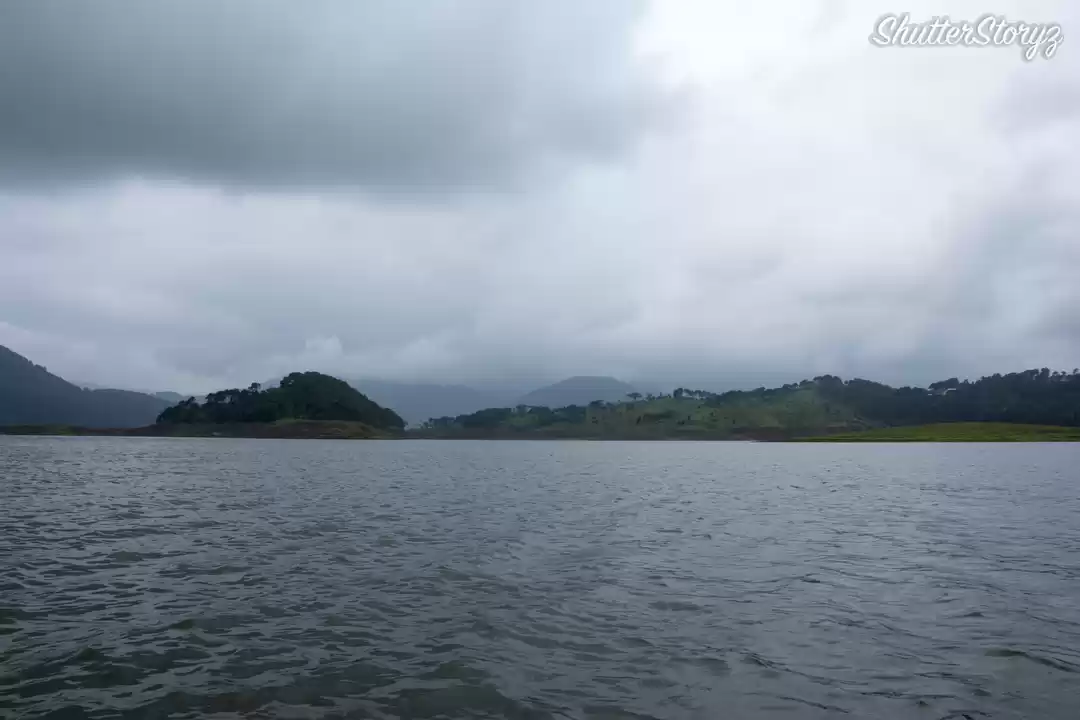
The hills of the Himalayas in Himachal awe struck me early this year. The towering snow-gilded peaks were grandiosely beautiful, overpowering in their influence and made me surrender to their superiority. I came back as a vanquished skeleton to my mundane and drab world. But in June something different happened during my over a weeklong sojourn at Shillong. They take pride in calling Meghalaya the Scotland of the North East but my experience elevated me to something beyond symbolism. The hills were small and undulating, appeared more human and part of your life. More than enchanting, they drew me into an intimacy, which was not exactly spellbinding but rather an embrace where you feel your own being getting lifted to their abode. The troupes of clouds rolling over the low-lying, curvaceous mountain horizon spread an exhibition of romance under a transparent blue sky that can only be seen in Meghalaya. The mumming sound of the streams, crystal clean in their colour to the bottom of the bed would allow me to spot even a fish or two. The rains had conjured up a heavy dose of romance to the surreal setting.
I reached Guwahati airport in the afternoon and it took almost five hours to reach Shillong because of heavy traffic caused by the narrow roads in the suburb Assamese state capital.
But as I entered Meghalaya I started feeling pleasant and was slowly drifting into a trance like state witnessing the long and romantic conversation between the cool breeze and my unsettled hair. I had already started developing a liking for the local dress commonly called as Jenkesha and Jensome, part of the Khasi attire and I made a point to buy some after reaching Shillong.
Later, as it would happen, I did buy a couple of dresses in Shillong and like a carefree local girl roamed around eating the fresh local fruits whose sweetness would vary vastly from the cities. Even pork available, which I had tried a couple of times.
An early riser, I never miss an opportunity to breath in the cool breeze, sipping the morning tea with the little minions chirping all along and watching the infinite movie up in the clouds. As soon as I woke up, before having a romantic kiss with my Tetley, I decided to walk around and it seemed I was loitering in a different world.
But the First- Day-First-Outing excitement had already gripped me and by 9.30 am I was already in the car for the Meghalaya Darshan. After a four and a half hours drive in the idyllic landscape, I reached the Dwaki River.
It was a sunny day but while heading towards Dwaki I found the fickle weather change all of a sudden. It became dark, foggy, and windy and it had started drizzling a little. My colourful attire had a great impact on me as I realised that I was dancing like a peacock sitting and dancing at the back seat of the car taking my head out in the cold breeze from the aperture of the moving box. I was delighted to see the clouds and rain as I was travelling from 50 degree Celsius hot chamber of Jaipur to a 20 degree comfort in the month of June.
The black tarred road drew a meandering line in the shiny green expanse, often escorted by pine trees. Locals in their colourful attire with long cone-shaped hats made of bamboo could be seen working languorously in the field. Meghalaya produces a large amount of betel nut which I tasted but found it a little bitter because of its rawness. The texture of the betel nuts almost resembled coconuts. The way to Dwaki was also offered the same breadth taking nature magic but here I could to my astonishment found greenery in two shades which I had not studied even in the drawing class in my childhood. They were gorgeous.
By now, my driver had doubled up as my guide and showed me the nearby places and was happy to describe me about the places, weather, cultivation and also the relationship with the neighbouring country Bangladesh. I was surprised to see Bangladesh from the border of India. My tiny eyes were not ready to accept the huge plain that separated India from Bangladesh.
In Dwaki, the first visit happened to be the India and Bangladesh boarder, commonly known as Tamabil. I could not control myself and tears started rolling down my eyes. It was very hard to understand the reality of partition. There were no fortified boundaries but strip of grassy land with a miniature kind of white flag announcing the great separation that displaced people from their roots. Without thinking of the consequences, I stepped in to the no-man's world and joined the BSF group and the Bangladesh Armies but soon I was called back. I pleaded thousands times to the armies of our country but all in vein. Afraid of their superiors they did not allow me to go any further from the invisible boundaries. There I made a vow to myself that before my last breath I would visit Pakistan and Bangladesh just to feel the pain of the bloody partition and also experience their culture and the views on us.

It had again started drizzling and with a very heavy heart I was returning keeping my vows choked in my heart. Then came my next stop, the Dwaki River as I crossed the amazing Hanging Bridge built by the Britishers. After haggling for around 15 minutes I got a boat for Rs 1500 bucks. I had enjoyed boat rides a number of times in the past but this time the experience was more than a fun. I was sitting under the unblemished blue sky reflected on the on the crystal clear water that flowed gracefully between two glossy green hills. I kept asking if this was the best piece of creation that the God had ever created on this earth.

I was overpowered by a gush of emotion but the cool breeze was forcing me to stay positive and nudging me to feel the fairy land. I felt myself flying like a colourful bird amid the mountains, hills and the sky as the water on the riverbed played murmuring music. I could not understand how my one hour boat ride came to an end. I was now preparing for my next destination "The Living Root Bridge" which lay near the river.
The root bridge is a unique man-made natural wonder. The Khasi tribe had mastered the art of this technique of making root bridges from rubber trees. The roots of ancient rubber trees, native to the northeast region, were allowed to grow as long as they could so that they could be arranged to make the bridge over the deep gorges of perennial waterfalls. The root bridges provide a stable alternative to wooden bridges, which decay and get destroyed during the prolonged monsoon seasons.

I was running with short of time as I had to visit one more destination and it was getting a little dark. Without getting late I started for the Cleanest Village of Asia, Mawlinglong. I found that the village was a large colony of the local people living a completely natural life. The small settlements resembled like a small Eco Park where I could see people doing their evening walk and having a good time with the evening spirits.
By now I was fully exhausted and had the only option to go into my SUV and bid a goodnight to the day trip and pleaded my driver to drop me as early as possible but it was not to be. In the car, I was drifted into a nap but when I woke up I found my vehicle was negotiating vast expanse of fog. It started raining heavily. I had witnessed rain but I had never enjoyed the heavy rain, fog and the chilling wind amid hills and khaayi. Though it was a little difficult to drive as it was dark but it had become my one of the adventurous long drives. The day had come to an end. As I entered my room, the clock was ticking past 9.00pm. So it was a 12 hours trip, a little exhausted but was glad to collect beautiful memories.
The next visit happened to be the Krangshuri Waterfall. Located in the lap of nature, the waterfall offers an everlasting experience. I had never imagined that our country is so beautiful and has so many things to offer. Whenever I felt that my man-made eye can store all the memories and the beautiful views, I asked my driver to have small halts so that I can feel the nature and collect the sweet memories.


Nature refreshing itself was something I experience for the first time when I suddenly I saw the green hills turning to blue, almost taking the hues of the sky. I have seen the Himalyan Ranges and have observed the sky and ocean meeting at a point but I had never experienced a bunch of hills in sky.

The road to Krangshuri made me realise the reason for calling Meghalaya as The Scotland of East. Listening the song Daayre amid the never-ending green hills surrounded with clouds were just making my journey enchantingly magical. As I reached Krangshuri Waterfall, my stomach was longing for some local food. I found a small Dhaba run by local ladies and I was amazed to see the cleanliness of the place and the arrangement as well. They appeared to be very warm and welcoming. I ordered Chicken Thali and some fried fish and the food I had was just scrumptious and so much so that though my stomach was full but still I miss the thick gravy chicken. It was a normal meal but with the cleanliness, taste and love I felt words are inadequate to explain the experience.



Now I my driver took me to Eco Park where I found nothing much to explore but Bangladesh was within the view. I had seen Bangladesh from very close on the first day so I did not take much interest. But I came across few Bangladeshis and quizzed them to know about their life and culture.
Being the wettest place on the earth Cherrapunji had some captivating water falls. Nohkakai is one of them. But there are chances that you cannot see the waterfall all the time of the day. Periodically, the falls gets covered with armies of clouds for quite some time. But then I was lucky to see the fall and also how it gets carpeted with clouds. It's again a great place with wonderful scenic views even one cannot see Bollywood movies.



This year the rains have been less bountiful in Cherrapunji and the Seven Sisters waterfall was not as gushingly thrilling as it used to be. But its scenic beauty remains unhindered. I spent some quiet moments wondering at the nature's various avatars and their impact on the life and society.
Cherrapunji, also called Sohra in local language, is also famous for bamboo handicraft. Near the Nohkakai waterfall, I made a little shopping for my memory. The prices are quite reasonable.

It was already 2 pm and I was feeling hungry. The driver stopped the car at a Dhabba that said Indian, Chinese, Thailand, and Bengali food was available there. With the names of the countries, the inclusion of Bengali intrigued me and I realised Cherrapunji is also a sought after destination for Bengalis and no hotel or Dhaba would like to miss on Bengali foods. With Rs 250, I could have a stomach full delicious chicken thali with other delicacies thrown in.

With the sumptuous lunch, I had to bid farewell to Cherrapunji, the place that does not have much to see but a lot to feel enriched inside. On the way back the skies opened unravelling the enchanting landscape. The song Tere Liye (Sanam Re) playing out inside the car weaved the magic to that scenic drive.

Shillong has been a little crowded over recent years, but the unique North East culture is still thriving and abound. Food and clothes of the natives, bazaars, handicraft shops, restaurants, cottage kind of houses, all had a distinct character of their own which one cannot find elsewhere.

They call Shillong the Scotland of East but at the end of my trip, I ended up feeling that it is The Heaven On The Earth.
Local places to see in Shillong
2. Police bazaar :- The most happening place in shillong
3. Wards Lake: A perfect place to take a walk.
4. Zoo:- As I did not find anything unique there.
5. Shillong Peak:- It is a beautiful place but the day was Wednesday so it was closed.

